Idea by
Iris POPESCU, Mihaela ȘERBAN, Alexandru CUCU, Antoaneta BARBU
AMAIS - Alternative Methods for Social Integration Association
Call for ideas 2021
The Urban Mobility Club
The Urban Mobility Club
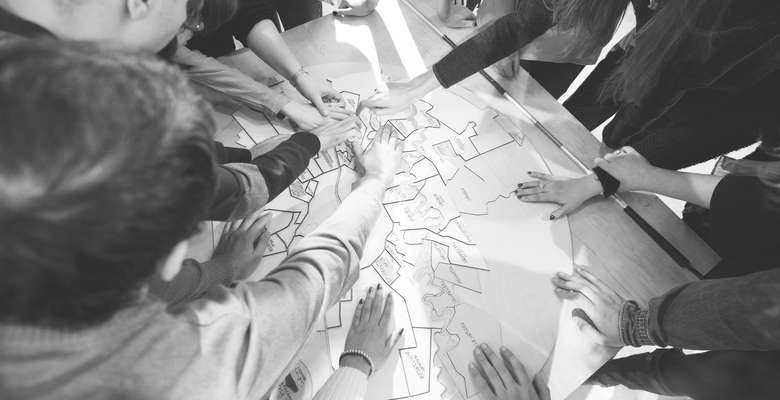
- New alliances
Finding the answer to 21st century’s problems and how to live together in society starts by initiating a common dialogue with many stakeholders – even those which are presently almost invisible for architects or other decision makers. It is essential to build inclusive dialogue spaces for the unexpected, uncounted or different, to develop our ability to empathize with real but yet unforeseen needs and learn more about human diversity. The Urban Mobility Club doesn’t attempt to offer an exhaustive answer to the complex and unpredictable future challenges. We propose an opportunity for an inclusive dialogue with a wide variety of stakeholders, as a first necessary step towards a common future of humanity. It creates an inclusive space for research and exchange with the diverse visitors, both able-bodied people and vulnerable groups. The purpose of this endeavor is to adjust the present spatial contract and promote a new inclusive approach to finding solutions for a cohesive community.
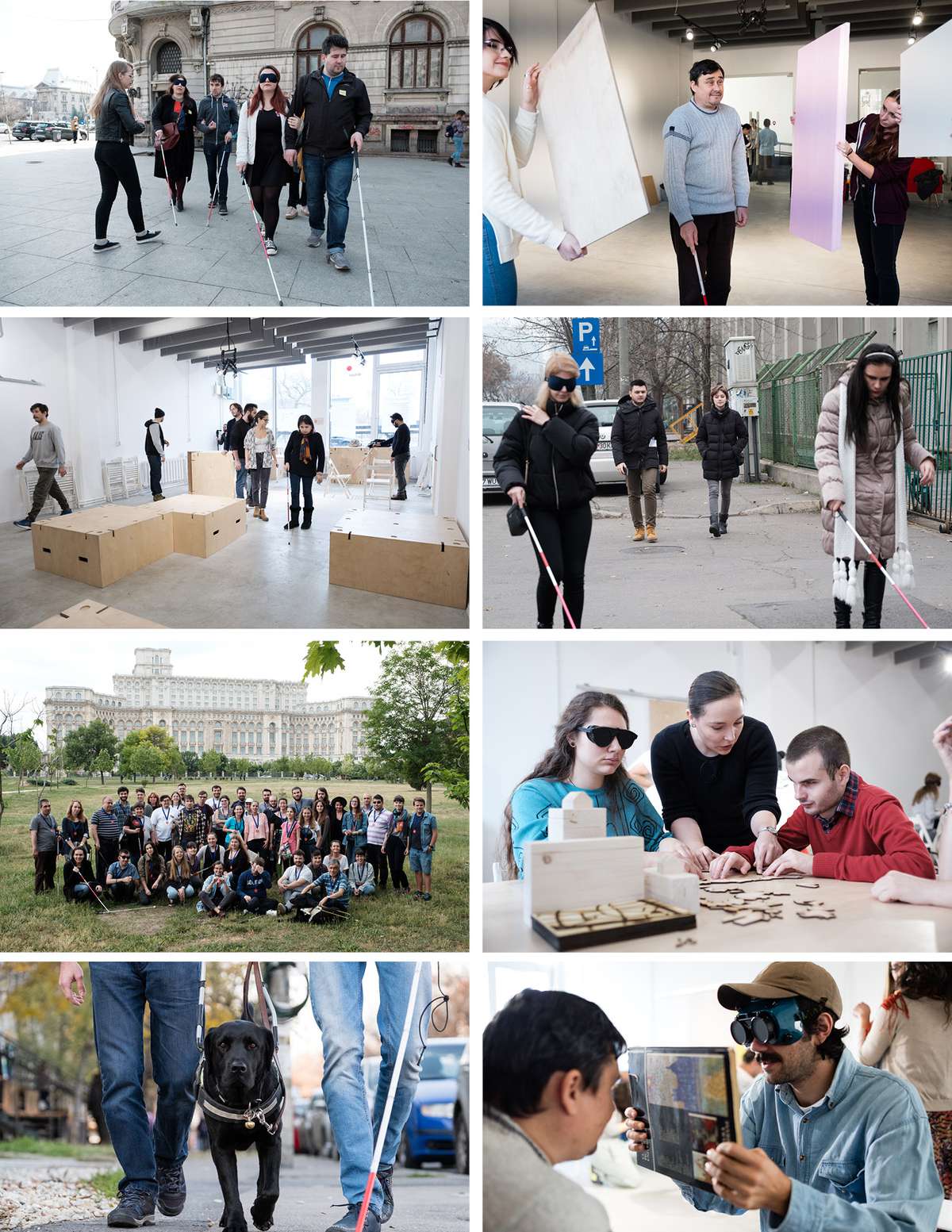
The club has benefits on multiple levels: social, institutional and professional. Thru the workshops and urban mobility challenges, It brings together people with disabilities and able-bodied people, working as a catalyst of the process of transforming cities into inclusive environments, where the public administration did not prioritize accessibility.
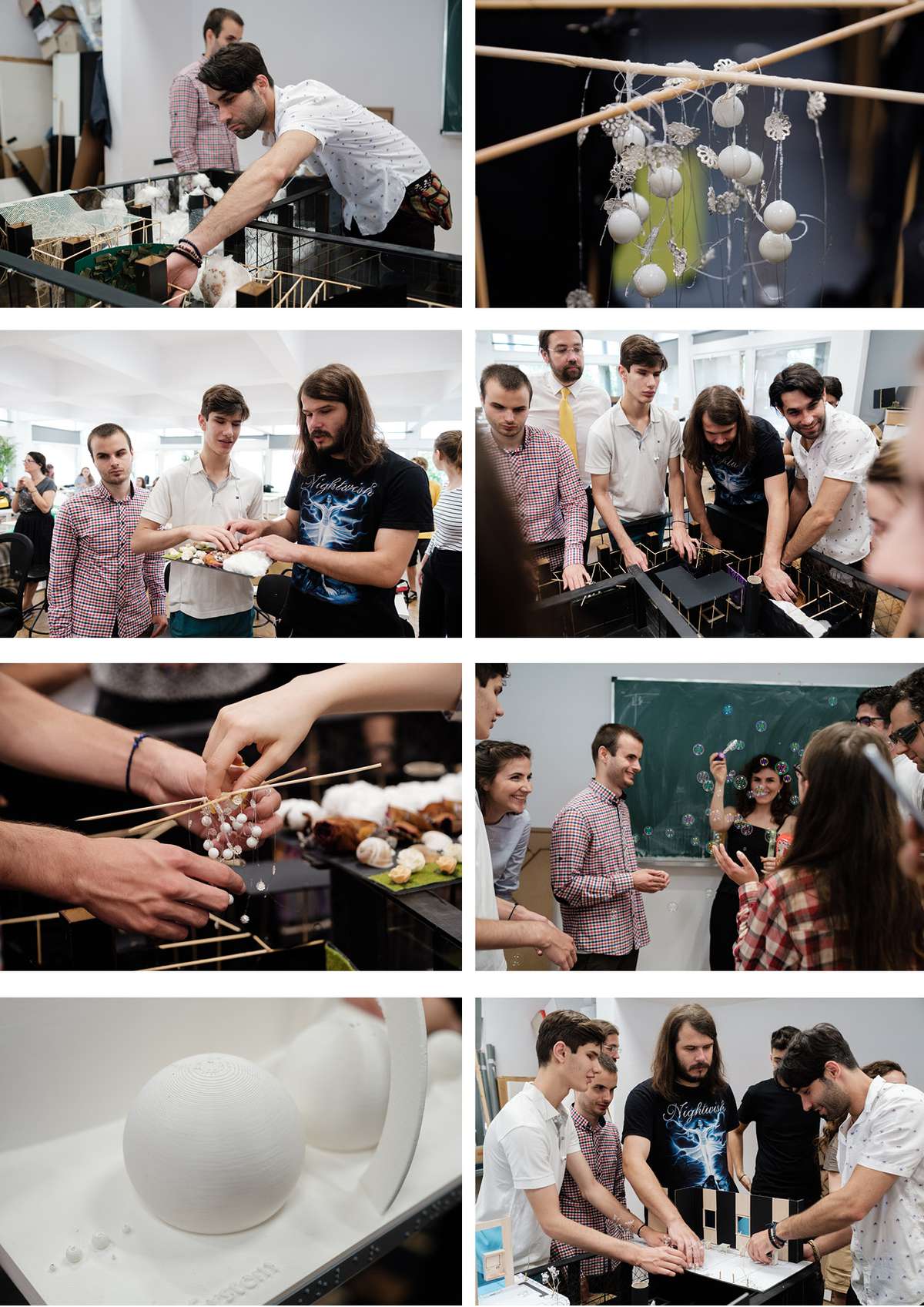
For people with disabilities this inclusive environment and activities develop their independent life-skills.For able-bodied people these are empathy exercises. For all of us it is an opportunity to learn about human diversity, practice our ability to listen to others and connect with each other.The photo presents architecture students working together with visually impaired mentors.The ability to listen and be empathetic have a crucial role in developing the architect’s social responsibility.

For the moment the club focuses on the connection between visually impaired people and able-bodied one. The plan is to extend to multiple vulnerable groups as to be fully intersectional. We started with visual impairment because of the visual emphasis in the architecture education but also in everyday life, dominated by social media.
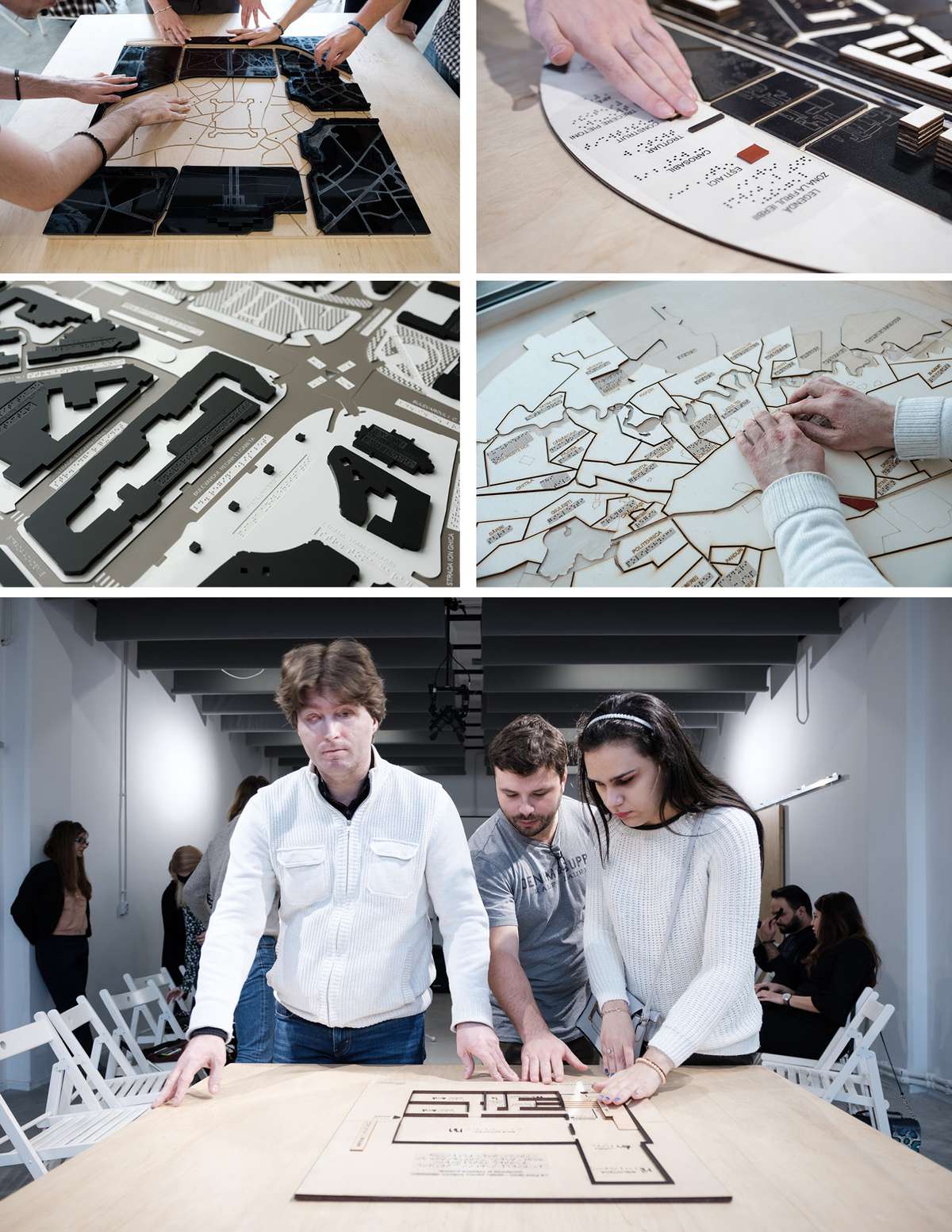
Besides the whole personal development benefits, the club is also complementary to the continuous development of any architecture and design professional. It offers the opportunity to experiment, research and develop new products. Being in touch with those who have felt exclusion the most and working side by side may lead to innovations in architecture and design, with benefits for the whole community.
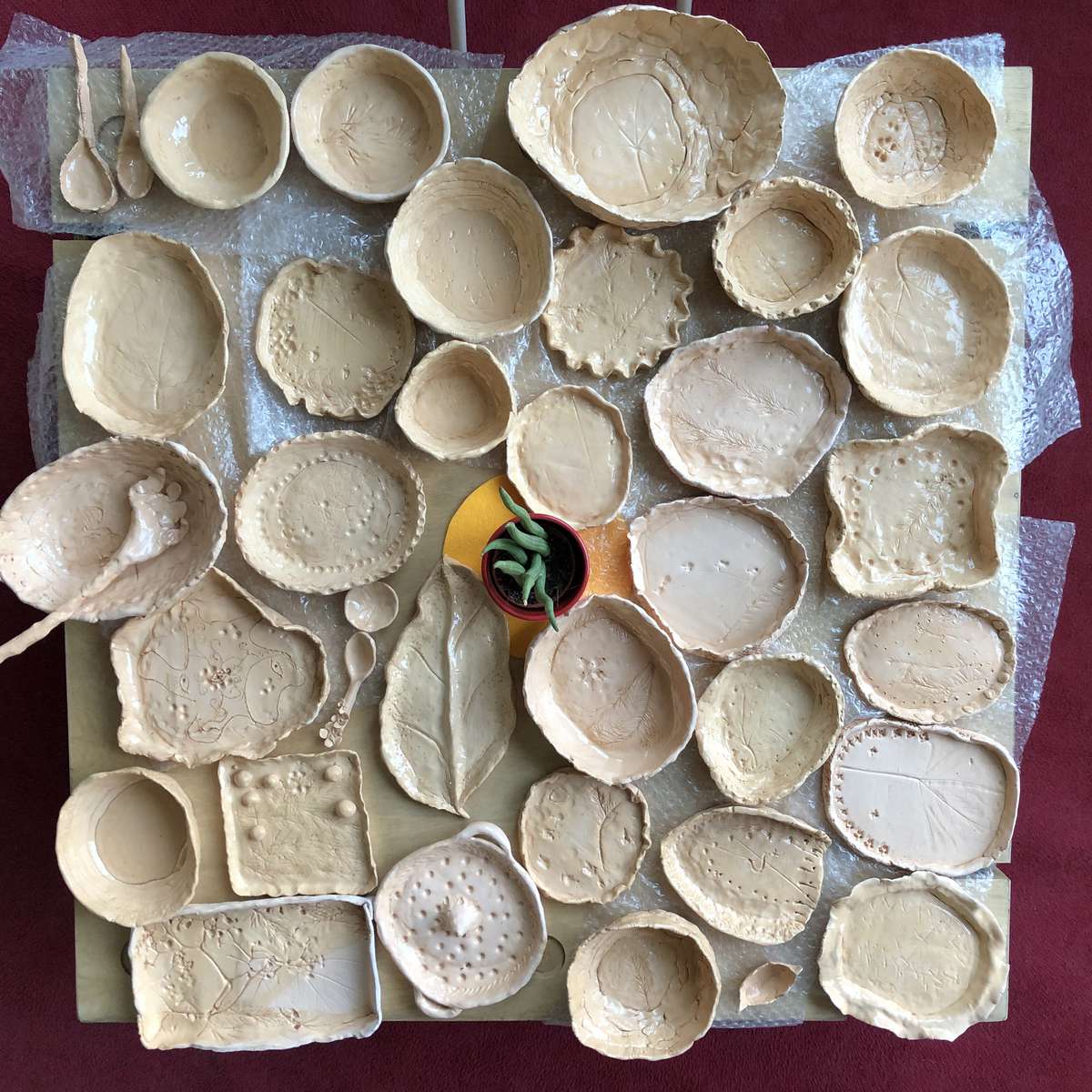
Some of the products designed here are tactile, inclusive maps that overcome the difficulties brought by the lack of information regarding accessibility in Romania (people with visual impairment most of the time don’t even know how to use a standard tactile map). Moreover, the blindfolded ceramics workshops brought together people, but also offer us an opportunity to research on how to create more ergonomic dishes and cutlery.
The Urban Mobility Club
The Urban Mobility Club

- New alliances
Finding the answer to 21st century’s problems and how to live together in society starts by initiating a common dialogue with many stakeholders – even those which are presently almost invisible for architects or other decision makers. It is essential to build inclusive dialogue spaces for the unexpected, uncounted or different, to develop our ability to empathize with real but yet unforeseen needs and learn more about human diversity. The Urban Mobility Club doesn’t attempt to offer an exhaustive answer to the complex and unpredictable future challenges. We propose an opportunity for an inclusive dialogue with a wide variety of stakeholders, as a first necessary step towards a common future of humanity. It creates an inclusive space for research and exchange with the diverse visitors, both able-bodied people and vulnerable groups. The purpose of this endeavor is to adjust the present spatial contract and promote a new inclusive approach to finding solutions for a cohesive community.
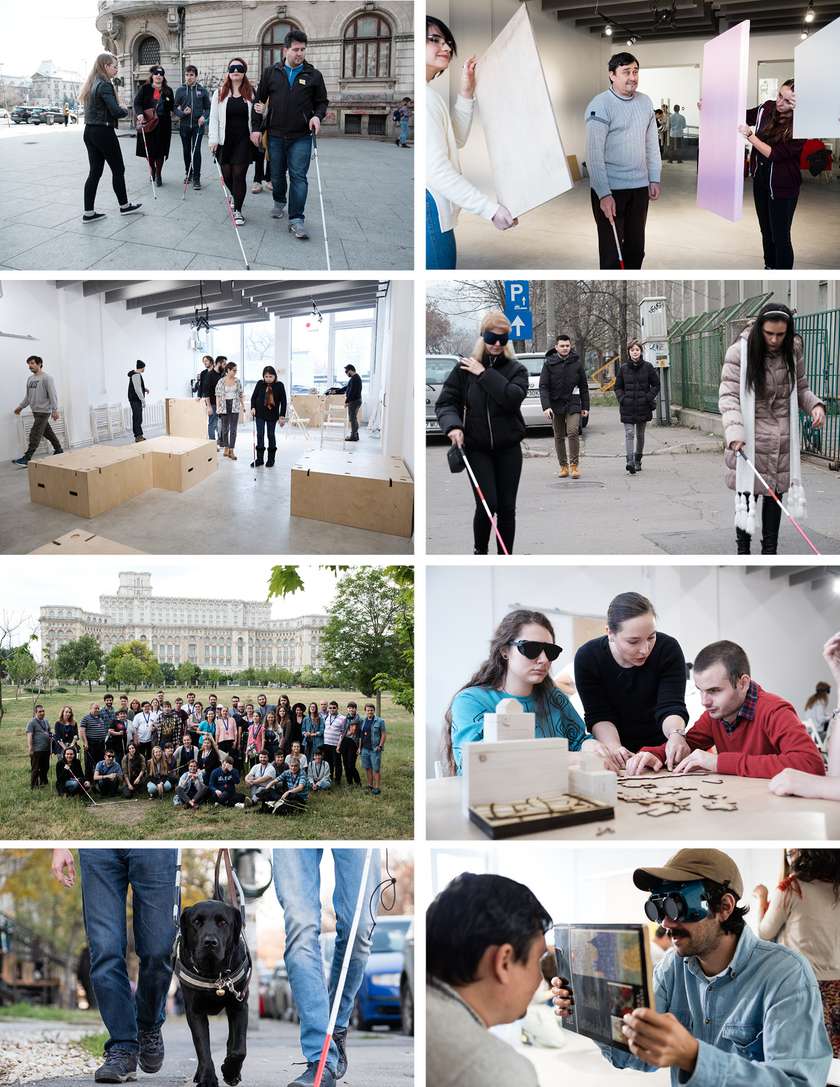
The club has benefits on multiple levels: social, institutional and professional. Thru the workshops and urban mobility challenges, It brings together people with disabilities and able-bodied people, working as a catalyst of the process of transforming cities into inclusive environments, where the public administration did not prioritize accessibility.
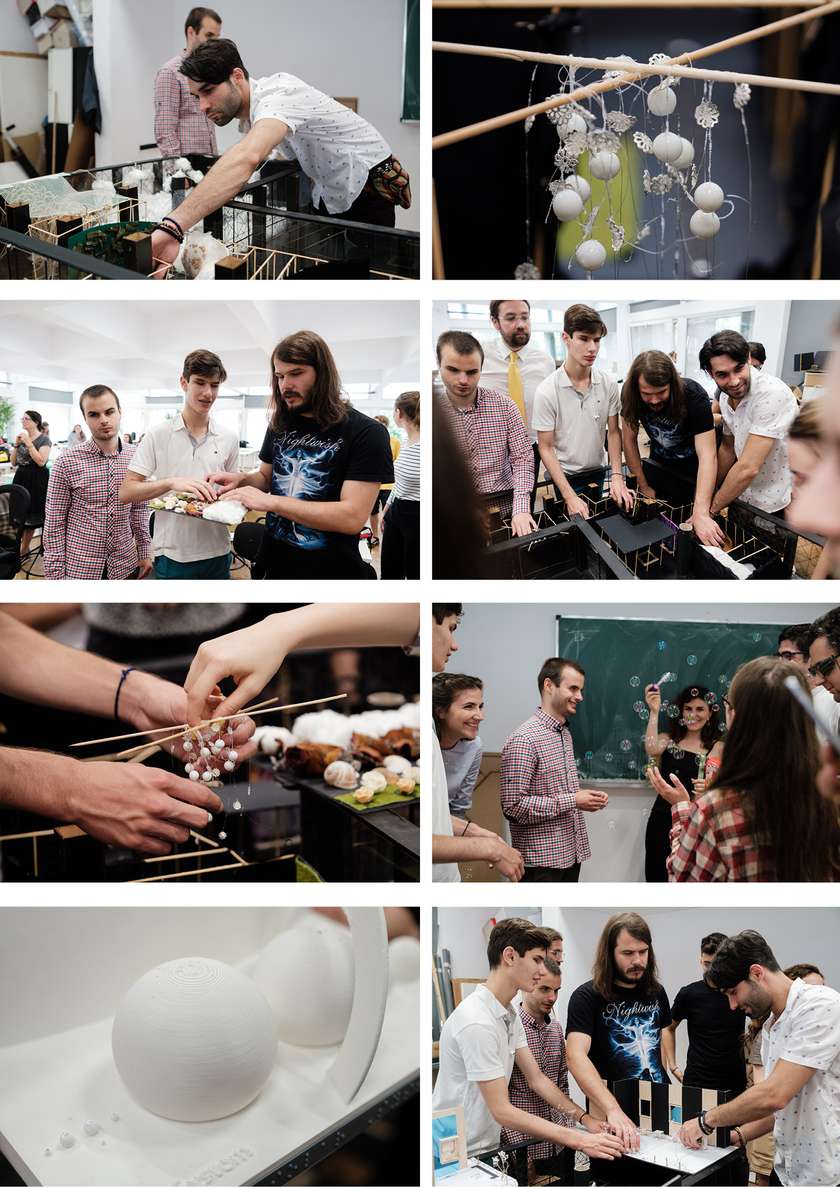
For people with disabilities this inclusive environment and activities develop their independent life-skills.For able-bodied people these are empathy exercises. For all of us it is an opportunity to learn about human diversity, practice our ability to listen to others and connect with each other.The photo presents architecture students working together with visually impaired mentors.The ability to listen and be empathetic have a crucial role in developing the architect’s social responsibility.
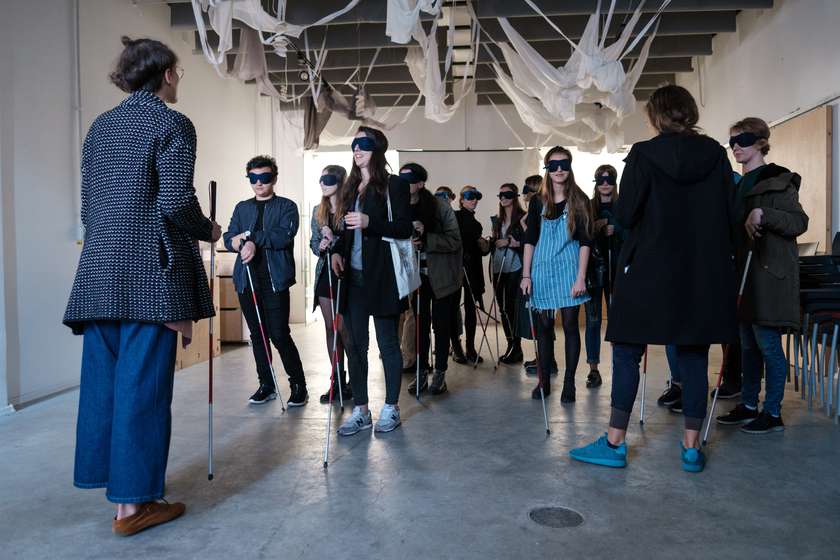
For the moment the club focuses on the connection between visually impaired people and able-bodied one. The plan is to extend to multiple vulnerable groups as to be fully intersectional. We started with visual impairment because of the visual emphasis in the architecture education but also in everyday life, dominated by social media.
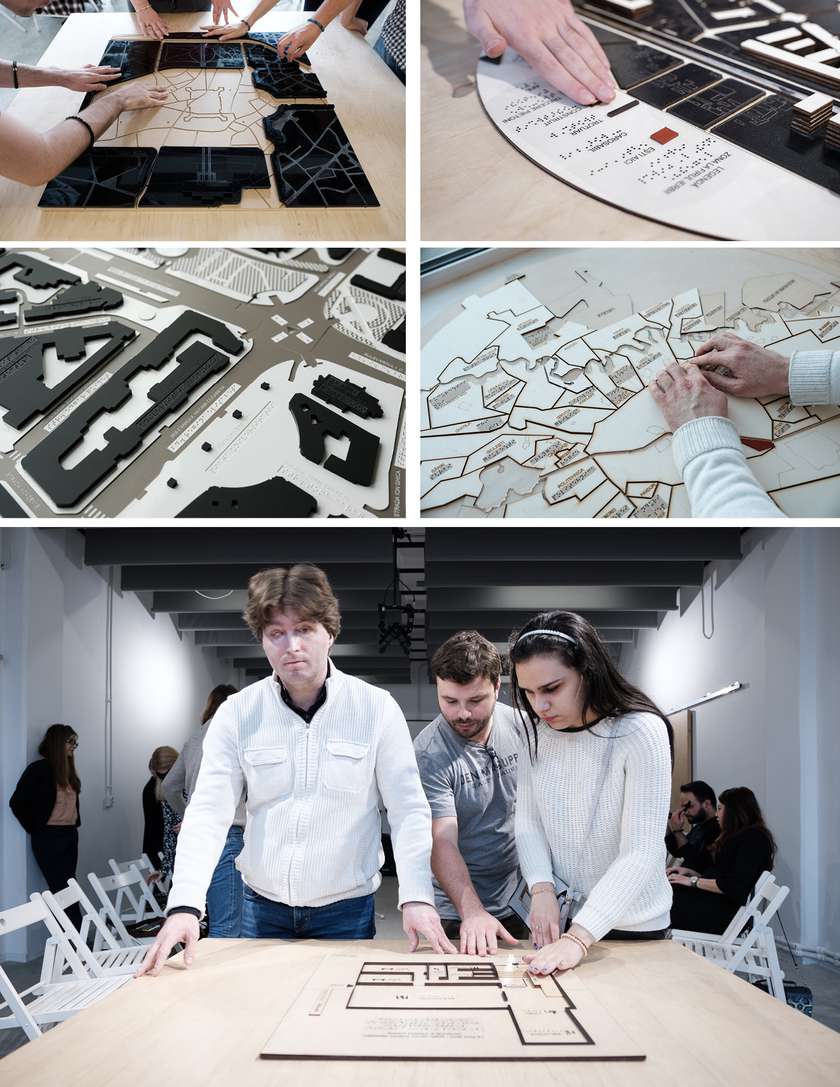
Besides the whole personal development benefits, the club is also complementary to the continuous development of any architecture and design professional. It offers the opportunity to experiment, research and develop new products. Being in touch with those who have felt exclusion the most and working side by side may lead to innovations in architecture and design, with benefits for the whole community.

Some of the products designed here are tactile, inclusive maps that overcome the difficulties brought by the lack of information regarding accessibility in Romania (people with visual impairment most of the time don’t even know how to use a standard tactile map). Moreover, the blindfolded ceramics workshops brought together people, but also offer us an opportunity to research on how to create more ergonomic dishes and cutlery.